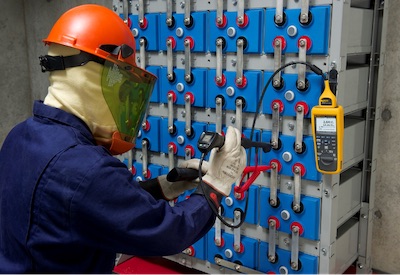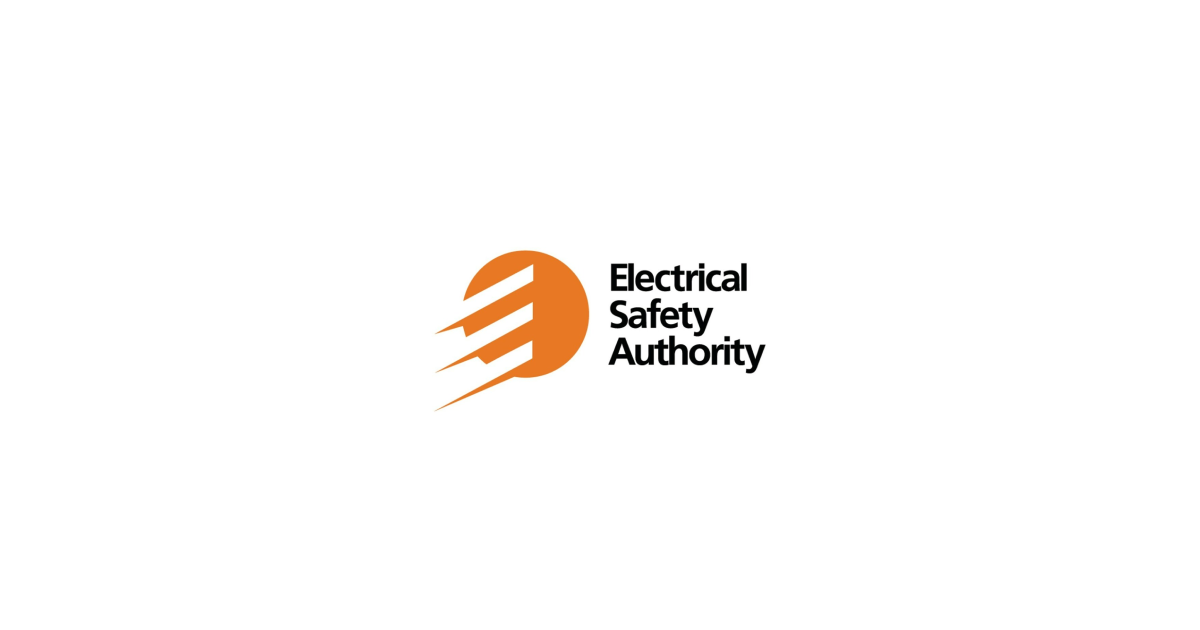How to Maximize Battery Life

Nov 15, 2020
By Sean Silvey
Battery systems are essential in energy management systems. For systems that use lead acid batteries, maintenance and testing should be completed on a regularly scheduled basis to ensure their expected capacity is available when needed.
Facilities like data centres, hospitals, airports, utilities, oil and gas facilities, and railways can’t operate without 100% backup power reliability. Even standard commercial and manufacturing facilities have backup power systems for their emergency systems, alarms and controls, emergency lighting, steam and fire control systems.
Although most batteries used today are “maintenance free,” they are still susceptible to deterioration from corrosion, internal shorts, sulphation, dry-out, andseal failure. A healthy battery should maintain at least 90% of its capacity, based on manufacturer’s rating. If the capacity falls below 80%, most manufacturers recommend you replace the battery.
Testing a battery bank with the Fluke 521 battery analyzer
There are two primary indicators of battery health: internal resistance and discharge.
Internal battery resistance
One of the best ways to measure a battery’s state of health is to measure battery impedance. Over time, battery resistance stays relatively flat and then begins to increase as battery life draws to a close. During this same time, battery capacity decreases. Measuring and tracking this value helps identify when a battery needs replacing.
Internal ohmic values (AC resistance) can be useful as a trending tool and can help to indicate the overall health of the battery being measured. This AC resistance can be measured using an “injection method” where a small current, 1000HZ AC for example, is injected into the battery. Then, any variations are calculated using Ohm’s Law.
Voltage = Current x Resistance or E = I x R
A lower internal resistance generally indicates a higher capacity, or degradation. Measuring the trend over time (quarterly) will indicate which cells are weakest or abnormal.
The first time you test a battery’s impedance you will have no baseline with which to compare data. In these cases, compare each cell against the other cells in the string. By doing this, the weak cells will stand out and indicate that further investigation is likely required.
Discharge testing
This is the ultimate way to discover the true available capacity of a battery, but it can be a complicated test to perform. In discharge testing, a battery is connected to a load and discharged over a specified period. During the test period, current is regulated, and a constant known current is drawn while voltage is measured periodically. Details of the discharge current, the specified time period for discharge testing, and the capacity of the battery in ampere hours can be calculated and compared to the manufacturer’s specifications.
According to IEEE, discharge testing should be completed at an interval not greater than 25% of the expected service life of the battery, or two years, whichever is less. However, discharge testing should be completed annually once a battery has reached 85% of its expected life or dropped more than 10% from capacity.
Voltage and current testing
Voltage and current tests should be completed each month to ensure battery capacity is at or above 90% of the manufacturer’s rating. These tests should be completed on all batteries, regardless of whether they are in use or not.
• Overall float voltage measured at the battery terminals: Isolate the battery or batteries from the charging system and the load. Measure the individual cell voltage or string using a digital multimeter or battery analyzer.
• Charger output current and voltage: Measure the charger output at the charger output terminals using a digital multimeter or battery analyzer. Observe the output current shown on the charger current meter or use an appropriate DC current clamp meter.
• DC float current per string: Refer to the manufacturer’s specifications for approximate values for expected float currents. Use an appropriate DC current clamp meter to measure expected float current.
Temperature testing
Batteries are sensitive. They work best between 15 and 35 degrees C and require a charge controller to receive a specific amount of current. At low temperatures the electrochemistry is slowed, and at high temperatures internal corrosion is increased.
Ambient temperature should be measured monthly. Connect the leads of a battery analyzer to the negative and positive terminals and turn the switch to milliohms (mΩ). The display will simultaneously read battery voltage and internal resistance. Low voltage indicates a low state of charge and high internal resistance means internal deterioration.
When to conduct standard battery tests
The Institute of Electronic and Electrical Engineers (IEEE) is the primary source of standard practices for battery maintenance. Over the life of the battery, the IEEE recommends performing a combination of tests on a periodic basis.
|
Monthly |
Quarterly |
Initially; Annually |
||
|
Voltage and current |
Overall float voltage measured at the battery terminals |
X |
||
|
Charger output current and voltage |
X |
|||
|
DC float current per string |
X |
|||
|
Temperature |
Ambient temperature |
X |
||
|
Temperature of the negative terminal of each cell |
X |
|||
|
Ohmic/resistance |
Cell/unit internal ohmic values |
X |
||
|
Cell-to-cell and terminal connection detail resistance of entire battery |
X |
|||
|
Ripple |
AC ripple current and/or voltage imposed on the battery |
X |
There is no single test that will give you an overall picture of battery health. For this reason, multiple tests are needed to look at the various components and factors that impact battery health. When these tests are completed on a regular schedule and the data are tracked, the information can be used to determine not only the battery health, but also whether the battery should be replaced. For companies that demand 100% reliability in their backup systems, good battery maintenance and testing is not only essential, it is critical.
Sean Silvey has been a product application specialist at Fluke for the past five years. Prior to that, he was a residential/commercial HVAC technician, and most recently a field service manager. Sean’s focus is on application awareness and product education.




![Guide to the Canadian Electrical Code, Part 1[i] – A Road Map: Section 52 — Diagnostic imaging installations](https://electricalindustry.ca/wp-content/uploads/2022/11/Guide-CE-Code-2-768x432.png)





![Guide to the Canadian Electrical Code, Part 1[i] – A Road Map: Section 52 — Diagnostic imaging installations](https://electricalindustry.ca/wp-content/uploads/2022/11/Guide-CE-Code-2.png)






